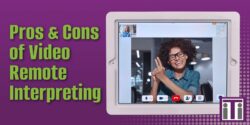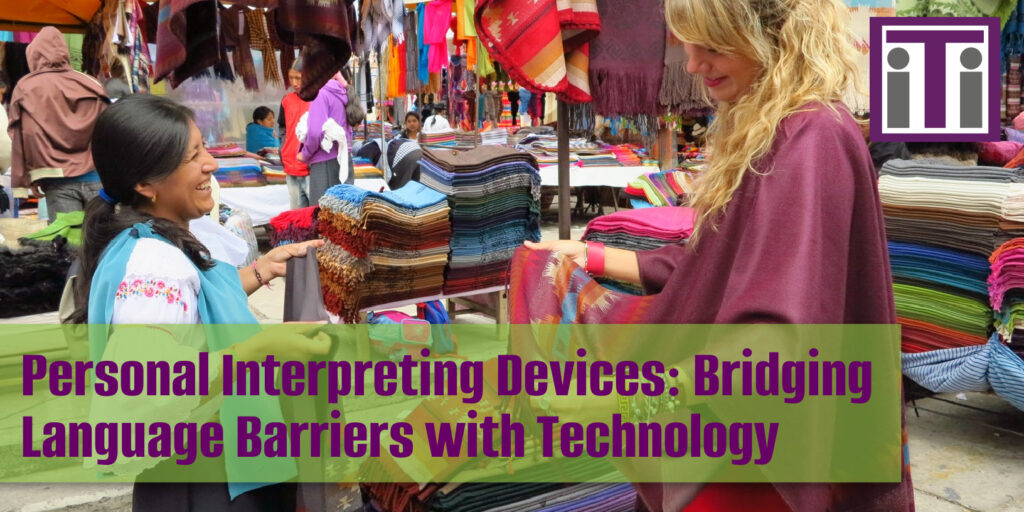What Are The Pros And Cons Of VRI?
Reading Time: ~4 mins
What is Video Remote Interpreting (VRI)?
Video remote interpreting (VRI) is a service that connects you with a live interpreter on-screen via a video interface. VRI sessions can take place on just about any device with a camera, microphone and screen, making them incredibly convenient in a variety of situations. So, how does video remote interpreting work? In this post, we will explore some of the drawbacks and benefits of VRI and how it can benefit your organization.
Pros of VRI
- Accessibility: VRI can provide access to qualified interpreters in over 200 languages, including American Sign Language (ASL). This is especially important for deaf and hard-of-hearing individuals, who have the right to effective communication under the Americans With Disabilities Act (ADA). By using VRI, you can ensure that you are complying with the ADA and providing equal access to your services for all your clients and customers.
- Convenience: VRI can be accessed on any device with a video interface, such as a computer, tablet or smartphone. You can connect to a live interpreter within seconds, without having to schedule an appointment or wait for an on-site interpreter to arrive. This can save you time and money, as well as reduce the risk of no-shows or cancellations.
- Quality: VRI can provide high-quality language access, as long as the video and audio quality are clear and the connection is stable. You can see the interpreter’s facial expressions and body language, which are essential for conveying meaning and emotion. You can also access an interpreter who is familiar with your industry or subject matter, ensuring accuracy and professionalism.
Cons of VRI
- Technical issues: VRI depends on the availability and reliability of technology, such as video conferencing equipment, internet connection and bandwidth. If any of these factors are compromised, the VRI session may be interrupted, delayed or distorted. This can affect the quality and effectiveness of the communication, as well as cause frustration and confusion for both parties.

- Environmental factors: VRI also requires a suitable environment for the communication to take place, such as a quiet and well-lit room, a clear view of the screen and the speaker, and minimal distractions or interruptions. A clear view is absolutely vital if accessing an ASL interpreter. If these conditions are not met, the VRI session may be less successful and satisfactory for both parties.
- Human factors: VRI may not be the preferred or appropriate mode of communication for some individuals, depending on their personal preferences, communication needs and cultural backgrounds. Some people may feel more comfortable and confident with an on-site interpreter, who can provide more personal and direct interaction. Some situations may also require more than one interpreter, such as when there are multiple speakers or complex topics involved.
Conclusion
VRI is a valuable service that can provide effective and efficient communication for people who speak different languages or use sign language. However, it is not a one-size-fits-all solution and it has its limitations and challenges. Therefore, it is important to consider the pros and cons of video interpreter services and evaluate each situation carefully before deciding whether to use it or not.
If you have any questions or need more information about VRI, please contact us at Interpreters and Translators, Inc. (iTi). We are a leading provider of video remote interpreting services and we can help you find the best solution to break through language barriers and for all your communication needs.
| Talk to an Expert |
Interpreters and Translators, Inc. is a full service language solutions company based in Glastonbury, Connecticut. iTi is an NMSDC-certified minority owned business.
This blog post was originally published in December 2015. It has been updated for freshness and to reflect current business practices.






